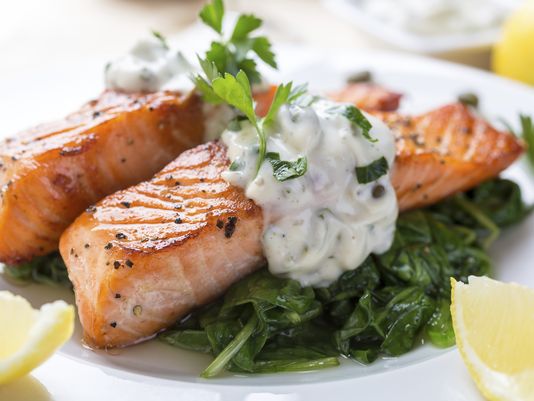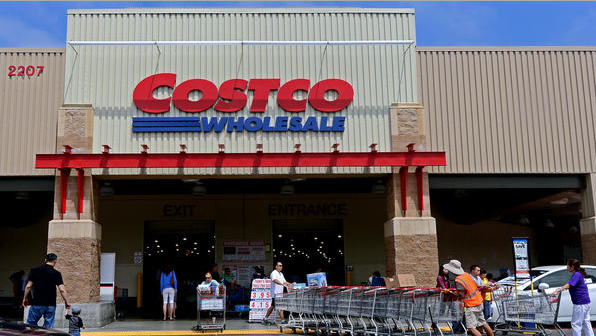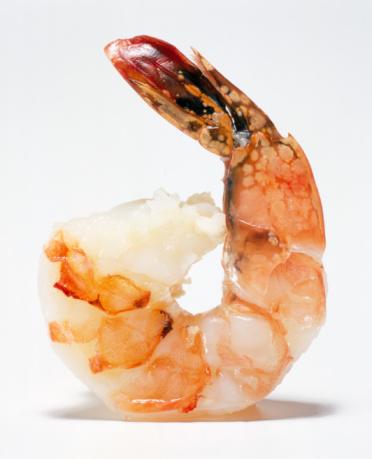
Seattle, Washington, U.S.A.-based Alaskan Leader Seafood is differentiating its products from other cod in the United States marketplace with a new marketing campaign featuring its recently-approved trademark: “America’s Cod Company.”

The new slogan, which will be utilized on packages, in grocery stores, on the supplier’s fishing boats, and in other marketing, “encapsulates everything we are,” Alaskan Leader CEO Rob Wurm told SeafoodSource. The fresh and frozen seafood supplier, which was formed in 1990, is one of the largest longline cod fishing companies in the United States. Its Marine Stewardship Council-certified cod, black cod, and halibut are harvested via hook-and-line in the Bering Sea and is fully traceable from the fishing vessel to the consumer.
“With all these uncertainties about where our fish comes from, and who is partners with who, and with traceability, we want to make a statement that, if you are interested in those things and they are important to you, this is who we are,” Wurm said. “When you see that ‘America’s Cod Company’ label, it will tell you that you can be assured of a couple things: our fish and our story starts from integrity and transparency. Any product that you buy [from us] will have that consistent quality and integrity, and we are going to stand for that product…from the time it comes on the boat to the time, it goes on your plate at the dinner table.”
Alaskan Leader owns four longline fishing vessels, which feature a “new pedigree of automation and future style and class of vessels,” Keith Singleton, president of Alaskan Leader’s value-added division, told SeafoodSource.
Continue reading “America’s Cod Company” hinges marketing on patriotism





You must be logged in to post a comment.